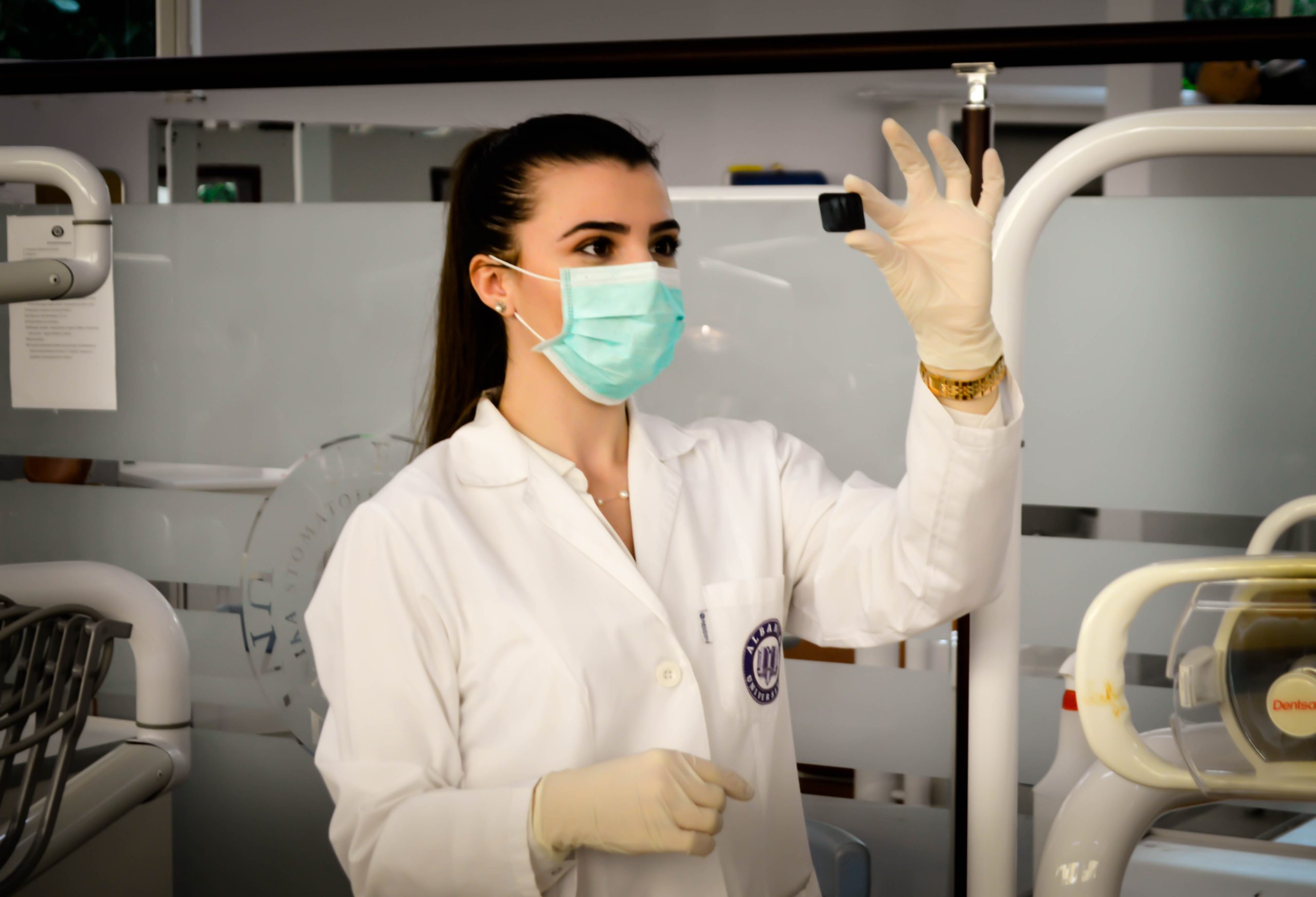Introduction
Brucellosis, a bacterial infection affecting both humans and animals, poses a global health concern. This article explores the multifaceted aspects of brucellosis, shedding light on its causes, symptoms, preventive measures, and more.
Causes and Transmission
Brucellosis affects a wide array of animals, including cattle, goats, and even marine mammals like seals and porpoises. Human transmission occurs through various means, making understanding its causes crucial for prevention.
Transmission Routes:
- Consumption of Raw Dairy Products: Brucella bacteria present in the milk of infected animals can transfer to humans through the consumption of unpasteurized milk, ice cream, butter, and cheeses.
- Inhalation of Contaminated Air: The bacteria can easily spread through the air, impacting individuals such as farmers, hunters, laboratory technicians, and slaughterhouse workers.
- Direct Contact with Infected Animals: Touching the blood or body fluids of infected animals, especially during activities like hunting or handling in a laboratory, can lead to transmission. Notably, normal contact with pets rarely causes infection.
- Rare Instances of Person-to-Person Transmission: While uncommon, there have been cases of brucellosis transmission from mothers to their children during birth or through breastfeeding. Additionally, sexual activity or contaminated blood and bone marrow transfusions can also contribute to rare instances of person-to-person transmission.

Symptoms
Brucellosis manifests in a spectrum of symptoms, ranging from mild flu-like conditions to severe and chronic complications. Early identification is essential for timely intervention.
Early Symptoms (Flu-Like):
- Fever: A rapidly rising fever is a hallmark symptom.
- Chills: Individuals may experience sudden chills and shivering.
- Loss of Appetite: A decrease in appetite is a common early sign.
- Sweats: Profuse sweating, especially during sleep.
- Weakness and Fatigue: A general sense of weakness and fatigue may be pervasive.
- Joint, Muscle, and Back Pain: Pain and discomfort in the joints, muscles, and back.
- Headache: Persistent headaches are often reported.
Chronic and Long-Term Symptoms:
- Fatigue: Chronic brucellosis can lead to persistent fatigue.
- Recurrent Fevers: The return of fevers in a cyclical pattern.
- Endocarditis (Heart Complication): Inflammation of the inner lining of the heart chambers.
- Arthritis: Inflammation of the joints, particularly in the knees, hips, ankles, wrists, and spine.
- Spondylitis (Spinal Arthritis): Arthritis affecting the spine.
- Sacroiliitis (Pelvic Joint Arthritis): Arthritis in joints connecting the spine and pelvis.
Complications in Specific Organs:
- Epididymo-orchitis: Inflammation and infection of the testicles, causing swelling and pain.
- Enlargement of Spleen and Liver: Brucellosis can affect these organs, causing enlargement.
- Central Nervous System Infections: Potentially life-threatening conditions such as meningitis or encephalitis. Treatment for other health problems

When to Seek Medical Attention
Identifying brucellosis can be challenging, especially in its early stages when it resembles common flu-like illnesses. Individuals should consult a healthcare professional if they experience a rapidly rising fever, muscle aches, or weakness, particularly if there are risk factors for the disease.
Preventive Measures
While brucellosis is relatively rare in the United States, certain regions worldwide are more susceptible. Occupational exposure and consumption habits significantly contribute to the risk. Implementing preventive measures is crucial for minimizing the chances of infection.
Key Preventive Strategies:
- Avoiding Raw Dairy Products: Although recent cases in the U.S. are linked to raw dairy products from domestic herds, it’s advisable to steer clear of unpasteurized milk, cheese, and ice cream, regardless of origin. Travelers should exercise caution with raw dairy foods in other countries.
- Thorough Cooking of Meat: Ensuring meat is cooked thoroughly is vital. Internal temperatures should reach 145°F (63°C) for whole cuts, 160°F (71°C) for ground meat, and 165°F (74°C) for poultry. Travelers should be cautious of undercooked meats in foreign regions.
- Wearing Gloves in High-Risk Occupations: Individuals engaged in occupations involving contact with animals or their tissues, such as veterinarians, farmers, hunters, and slaughterhouse workers, should wear rubber gloves to prevent direct contact with potential sources of infection.
- Safety Precautions in High-Risk Workplaces: Laboratories and slaughterhouses should adhere to strict biosafety measures. Separating the killing floor from other processing areas and utilizing protective clothing are essential safeguards.
- Vaccination of Domestic Animals: In the U.S., an aggressive vaccination program has significantly reduced brucellosis in livestock herds. While the vaccine can cause disease in people, accidental needle sticks during vaccination require prompt treatment for other health problems.
Brucellosis Prevention Methods
| Prevention Method | Effectiveness | Remarks |
|---|---|---|
| Avoiding Raw Dairy Products | High | Critical, common transmission route. |
| Thorough Meat Cooking | Effective | Reduces risk from undercooked meat. |
| Wearing Gloves in High-Risk Occupations | Essential | Protects against direct contact with infected animals. |
| Safety Precautions in Workplaces | Crucial | Biosafety measures for laboratories and slaughterhouses. |
| Vaccination of Domestic Animals | Important | Contributes to livestock herd protection. Requires caution due to potential human infection. |
Conclusion
Brucellosis, with its intricate web of causes, diverse symptoms, and potential complications, demands a proactive approach to prevention. By understanding the transmission routes, recognizing symptoms, and adopting preventive measures, individuals can significantly reduce the risk of infection. Stay informed, stay vigilant, and empower yourself for a healthier tomorrow.









